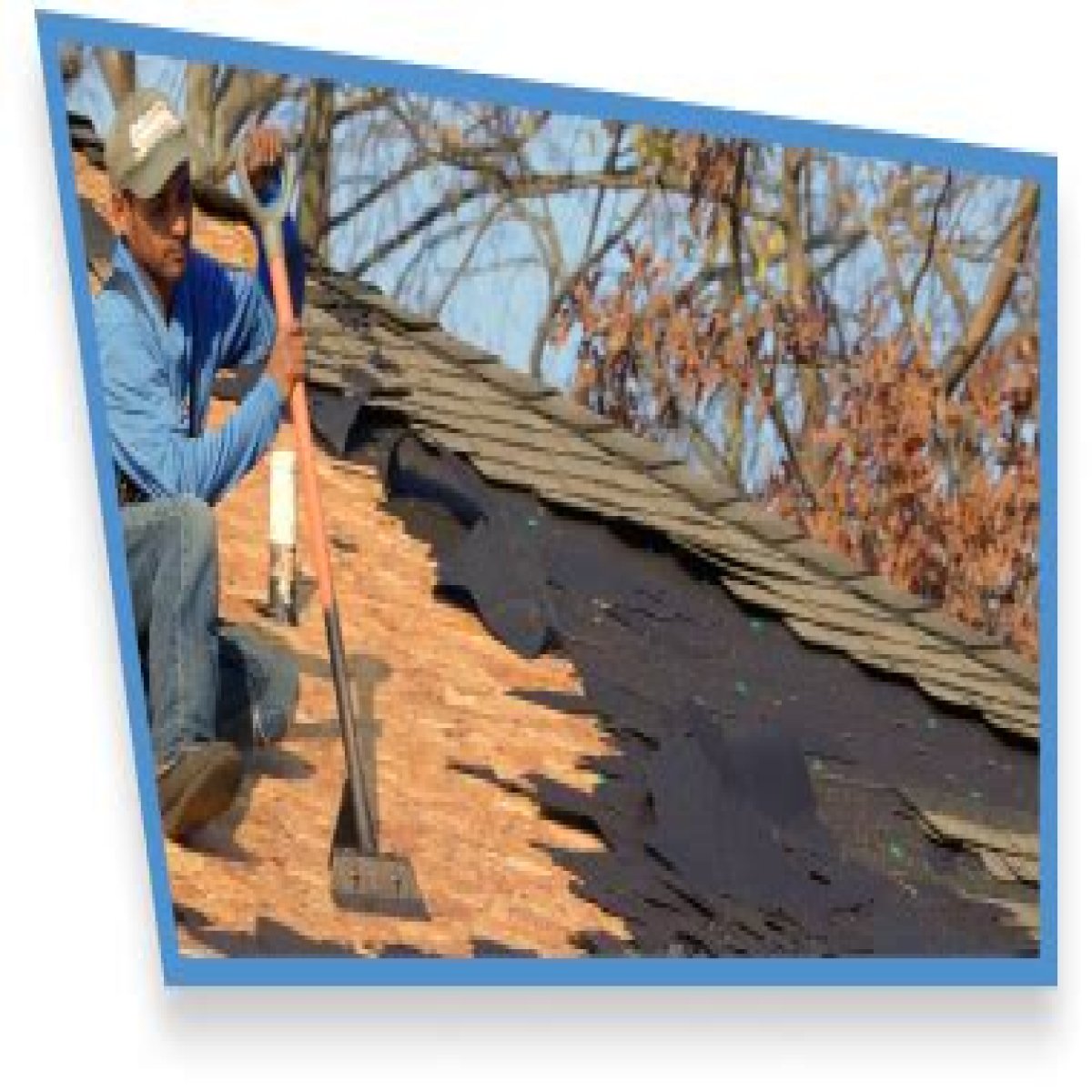Products likewise come in a range of designs and colors. Metal roofings with solid sheathing control sound from rain, hail and bad weather just as well as any other roof material. Metal roof can likewise assist eliminate ice damming at the eaves. And in wildfire-prone areas, metal roof assists protect buildings from fire, ought to burning embers arrive on the roofing.
Wood shakes deal a natural appearance with a great deal of character. Since of variations in color, width, density, and cut of the wood, no 2 shake roofings will ever look the very same. Wood provides some energy advantages, too. It helps to insulate the attic, and it permits your home to breathe, distributing air through the little openings under the felt rows on which wooden shingles are laid.
Mold, rot and insects can become a problem. The life-cycle cost of a shake roofing system might be high, and old shakes can’t be recycled. A lot of wood shakes are unrated by fire safety codes. Lots of use clean or spray-on fire retardants, which offer less security and are just efficient for a few years.
Installing wood shakes is more complex than roof with composite shingles, and the quality of the finished roofing depends upon the experience of the contractor, along with the quality of the shakes utilized. The finest shakes originated from the heartwood of big, old cedar trees, which are tough to find.
Concrete tiles are made from extruded concrete that is colored. Traditional roof tiles are made from clay. Concrete and clay tile roof systems are long lasting, visually appealing, and low in upkeep. They likewise provide energy savings and are ecologically friendly. Although product and setup expenses are higher for concrete and clay tile roofing systems, when evaluated on a price-versus-performance basis, they may out-perform other roofing products.
In fact, since of its severe resilience, longevity and security, roofing tile is the most prevalent roof material on the planet. Evaluated over centuries, roofing system tile can effectively hold up against the most extreme weather consisting of hail, high wind, earthquakes, scorching heat, and harsh freeze-thaw cycles. Concrete and clay roof tiles also have unconditional Class A fire scores, which implies that, when installed according to developing code, roofing tile is non-combustible and maintains that quality throughout its life time.
Since the ultimate durability of a tile roofing system also depends on the quality of the sub-roof, roofing tile manufacturers are also working to enhance flashings and other elements of the underlayment system. Under normal situations, correctly set up tile roofing systems are virtually maintenance-free. Unlike other roofing materials, roofing tiles actually become more powerful in time.
Concrete and clay tile roof are also energy-efficient, assisting to keep habitable interior temperature levels (in both cold and warm environments) at a lower expense than other roof systems. Due to the fact that of the thermal capacity of roof tiles and the aerated air space that their positioning on the roof surface area produces, a tile roofing system can reduce air-conditioning expenses in hotter climates, and produce more consistent temperatures in cooler areas, which minimizes potential ice build-up.
They are produced without the usage of chemical preservatives, and do not deplete limited natural deposits. Single-ply membranes are flexible sheets of intensified artificial products that are manufactured in a factory. There are three kinds of membranes: thermosets, thermoplastics, and modified bitumens. These products offer strength, versatility, and lasting toughness.
They are inherently flexible, used in a variety of attachment systems, and compounded for long-lasting durability and watertight integrity for many years of roofing system life. Thermoset membranes are intensified from rubber polymers. The most commonly used polymer is EPDM (often described as “rubber roof”). Thermoset membranes make successful roof materials because they can withstand the potentially harmful effects of sunshine and most common chemicals usually found on roofs.
Thermoplastic membranes are based upon plastic polymers. The most typical thermoplastic is PVC (polyvinyl chloride) which has actually been made flexible through the inclusion of specific components called plasticizers. Thermoplastic membranes are identified by joints that are formed utilizing either heat or chemical welding. These seams are as strong or more powerful than the membrane itself.
Modified bitumen membranes are hybrids that integrate the state-of-the-art solution and pre-fabrication advantages of single-ply with a few of the conventional setup techniques used in built-up roofing. These products are factory-fabricated layers of asphalt, “modified” using a rubber or plastic ingredient for increased versatility, and integrated with reinforcement for added strength and stability.
The kind of modifier used may figure out the method of sheet setup. Some are mopped down using hot asphalt, and some usage torches to melt the asphalt so that it streams onto the substrate. The seams are sealed by the exact same technique. If you aren’t sure whether your house is at risk from natural catastrophes, check with your local fire marshal, constructing authorities, city engineer, or preparation and zoning administrator.
